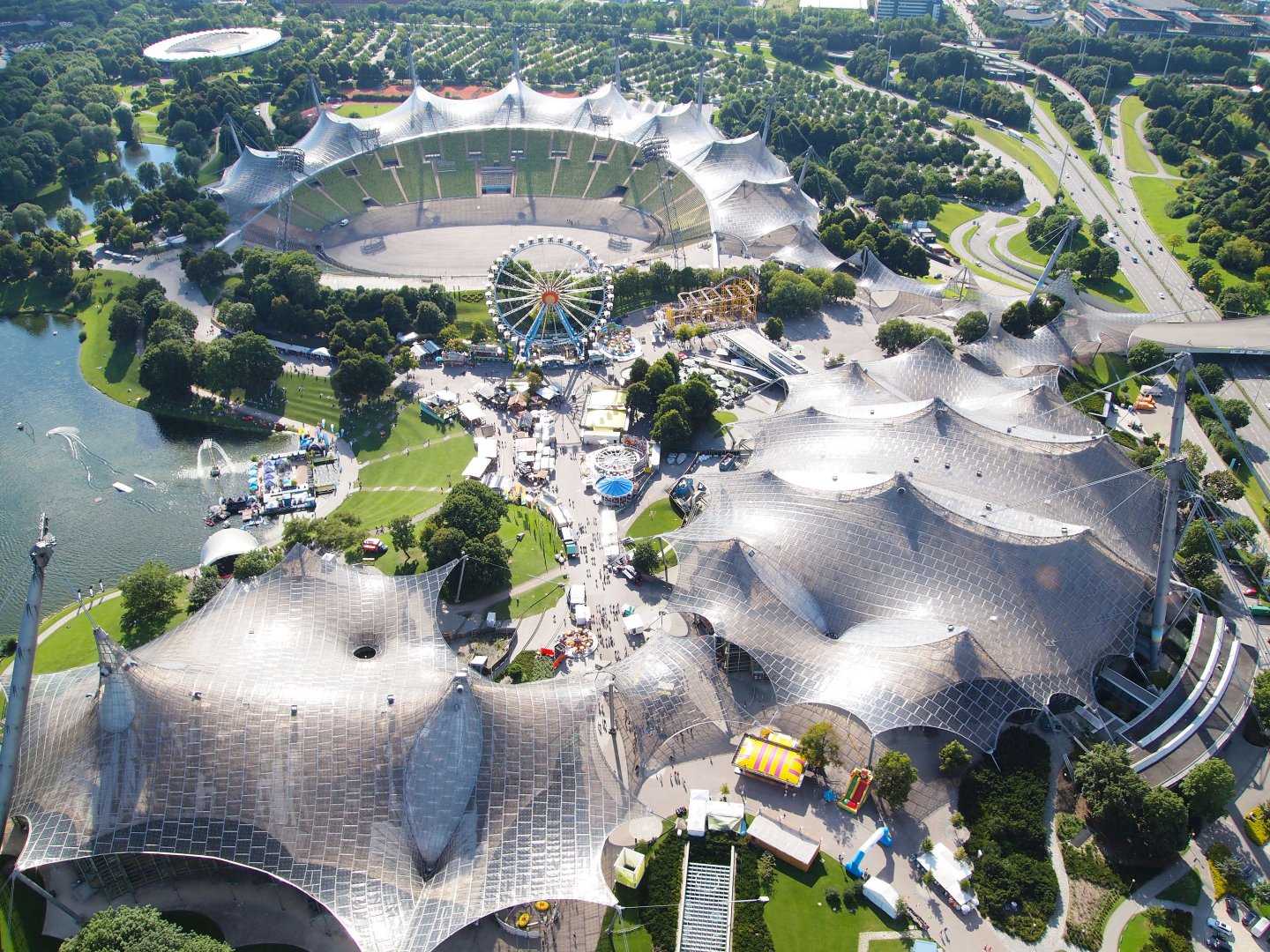
Analysis of lightweight structures with large rotations using the dynamic relaxation method.
Please login to view abstract download link
The Dynamic Relaxation Method (DRM) is very popular for dealing with the nonlinear structural analysis of cables and membranes. However, real application of tensile structures often requires the use of supporting systems, normally composed of beam frames and masts. Due to the nonlinear behavior of the membrane, assuming the frame system as rigid ends up being a very approximated approach; therefore, beam models are desired items to be included in numerical solvers for tensile structures. In order to achieve a geometrically exact beam formulation, the use of finite rotation degrees of freedom needs to be used, which poses a problem to the DRM due to their non-commutative nature. We present an extended version of the DRM that considers large rotation degrees-of-freedom by adapting the equations of motion and explicit time integration to cope with the nonlinear space of finite rotations. Damping is neglected and is artificially introduced with a kinetic damping including rotational motion, and the mass is arbitrarily assigned with an element-wise approach, where for beams a common parameter is used for both translational and rotational inertia. The proposed framework is implemented in BATS (Basic Analysis of Tensile Structures) and is used for the nonlinear static analysis of general lightweight structures composed of cable, membrane, and flexible beam elements. Benchmarks are provided to show the feasibility of the method.

